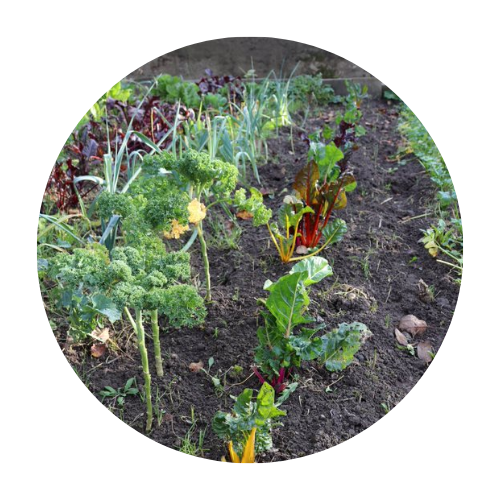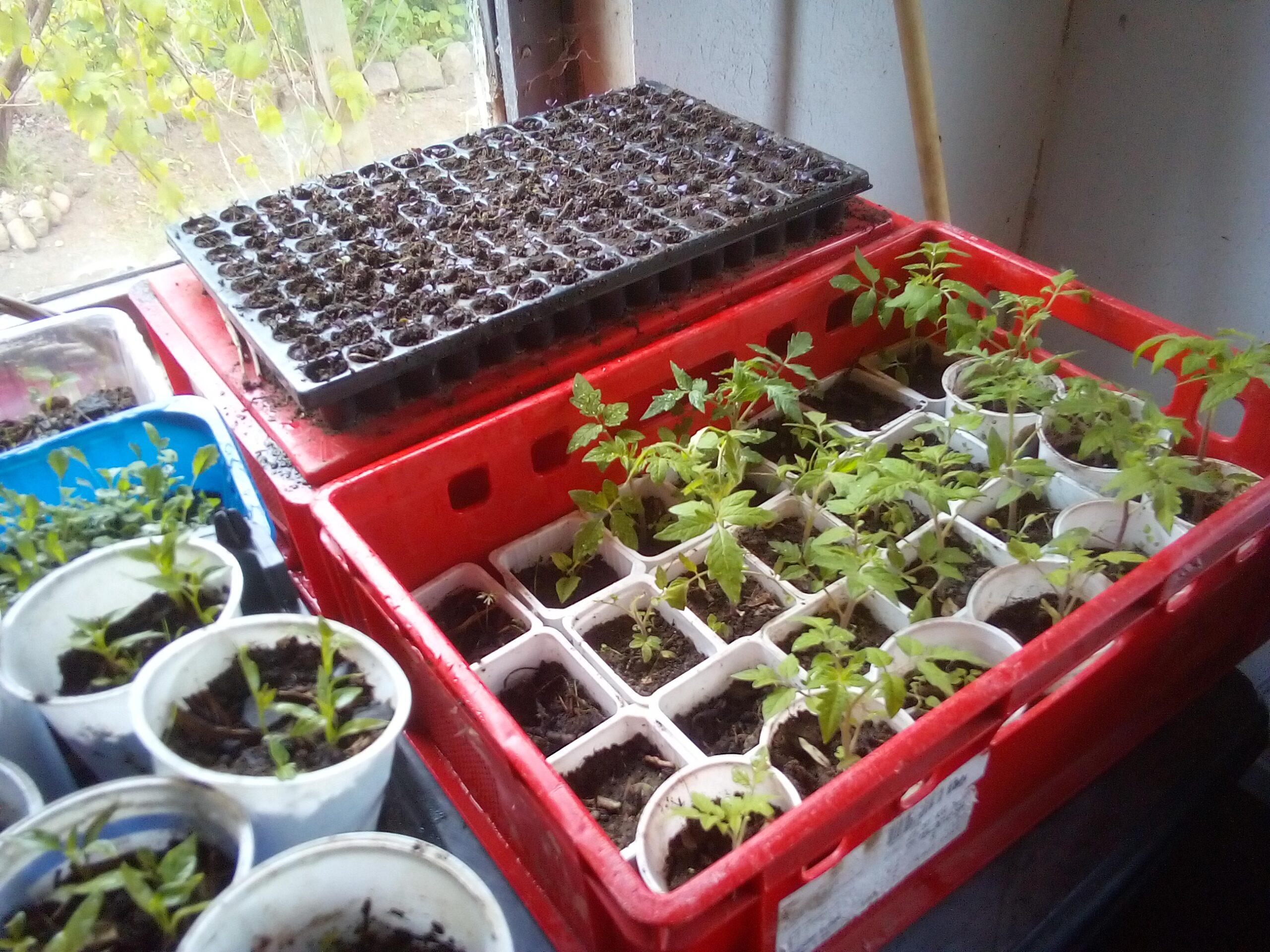TI don’t live on a farm. But I do have a small garden—tucked behind a fence, bordered by quiet trees and the scent of compost. It’s my retreat. Every spring, I start my own tomatoes and kale there from seed. Not just because they taste better (they do), but because the process grounds me. It’s my version of homesteading.
This isn’t just about growing raw vegetables. It’s about creating space for relaxation. For breath. For healing. These small acts, these quiet repetitions—they calm my thoughts. They soften the edges of my day. They remind me that growth doesn’t have to be loud to be powerful.
And if you’re wondering where to begin, you’ll find little “Tips to go” throughout this post—simple steps to help you grow tomatoes, kale, and a bit of peace, wherever you are.
Small beginnings are enough
When you search for homesteading, you’ll often find images of wooden barns, large harvests, and jars lined up on pantry shelves. That’s one version. But mine is smaller. More personal. More practical.
My grandmother Frida used to say, “You don’t need a whole farm. You just need a little soil and something worth waiting for.”
That’s how I see it. I start my seeds wherever there’s light and stillness—out in my garden, on my balcony, sometimes even on the windowsill in early spring. Tomatoes and kale are my favorites. They grow strong, they taste amazing raw, and they remind me to stay present.
Tip 1 to go
Don’t wait for the perfect setup. A recycled yogurt cup, some soil, and a sunny windowsill are enough to get started.

Tomatoes: light in a fruit
Tomatoes ask for patience. I start them early indoors, then move them out to the garden or balcony when the nights are warm enough. It’s a long process, but that’s part of why I love it.
By the time I bite into the first fruit, I’ve been tending those vines for months. I’ve misted the soil, rotated the trays, whispered encouragement on cloudy days. They’ve grown because I’ve made space for them—and for myself.
I eat them raw. Still warm from the sun. Just salt, maybe a drizzle of oil. That’s all they need. That’s all I need sometimes too.
Tip 2 to go
Use seed-starting mix, not potting soil. Keep seeds around 20–22°C. A warm shelf, sunny sill, or heat mat will help them along.
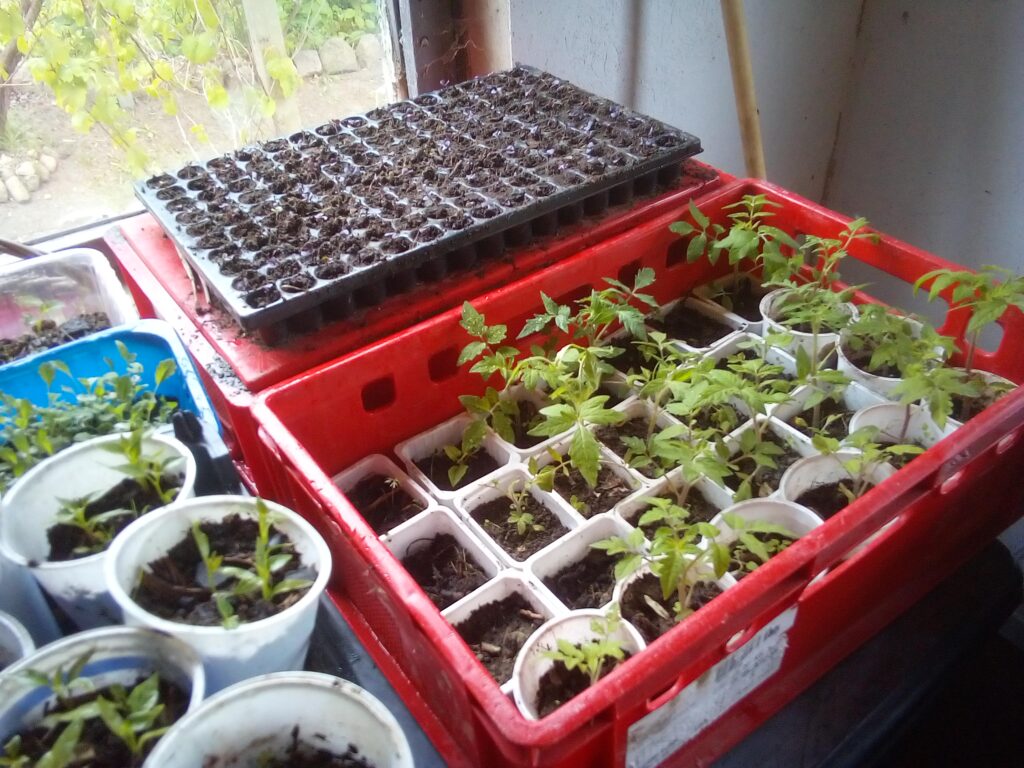
Kale: steady and strong
Kale is the quiet champion of my garden. It’s resilient, forgiving, and doesn’t ask for much. I grow curly kale and palm kale (lacinato), both from seed. In the garden, they stand tall. On the balcony, they fill planters with deep green calm.
When picked young, the leaves are tender and perfect raw—in smoothies, in salads, or just massaged with lemon juice and oil.
It’s not flashy. But it’s grounding. And sometimes that’s exactly what I need.
Tip 3 to go
Kale likes cooler weather. Sow early indoors or directly outside in spring. Harvest young leaves often—they’ll keep coming.
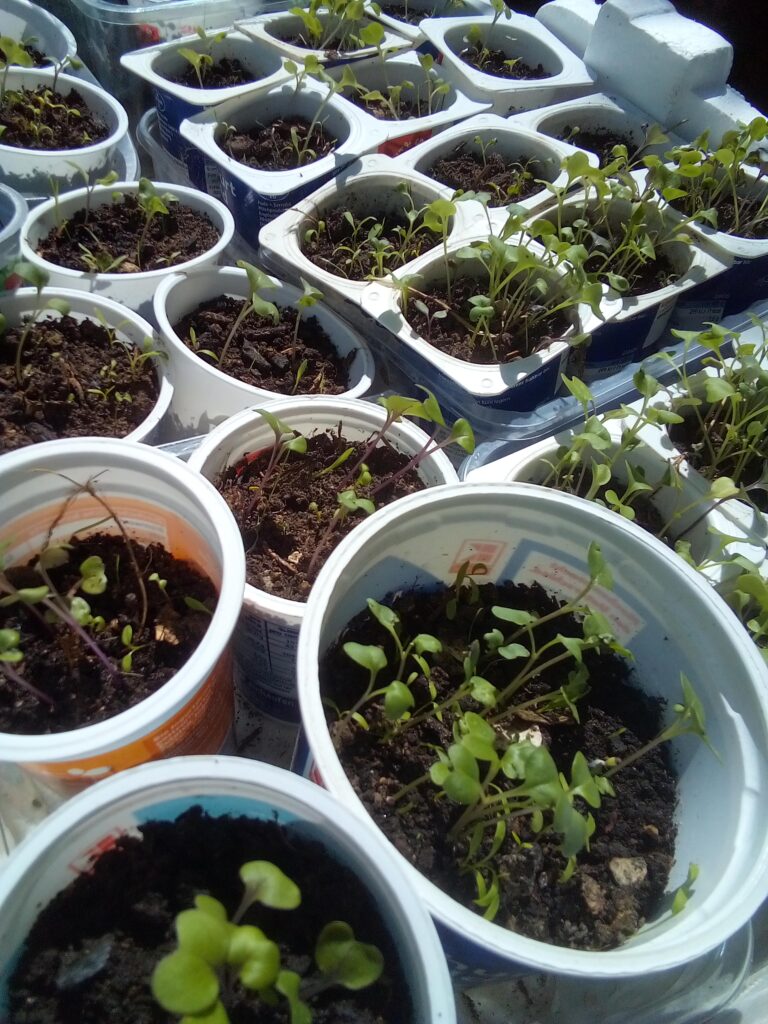
Raw vegetables, real calm
Eating from the garden is about more than nutrition. It’s a rhythm. A relationship.
The act of planting something, tending it, then eating it raw—right there, between pulling weeds and checking seedlings—is a full-circle experience. It’s where nourishment meets peace. Especially when the world feels too much.
I don’t overthink it. I just show up. And that has become enough.
Tip 4 to go
Mist your seedlings gently. Pouring water can disturb the roots. A simple spray bottle creates just the right amount of moisture—and helps you slow down.
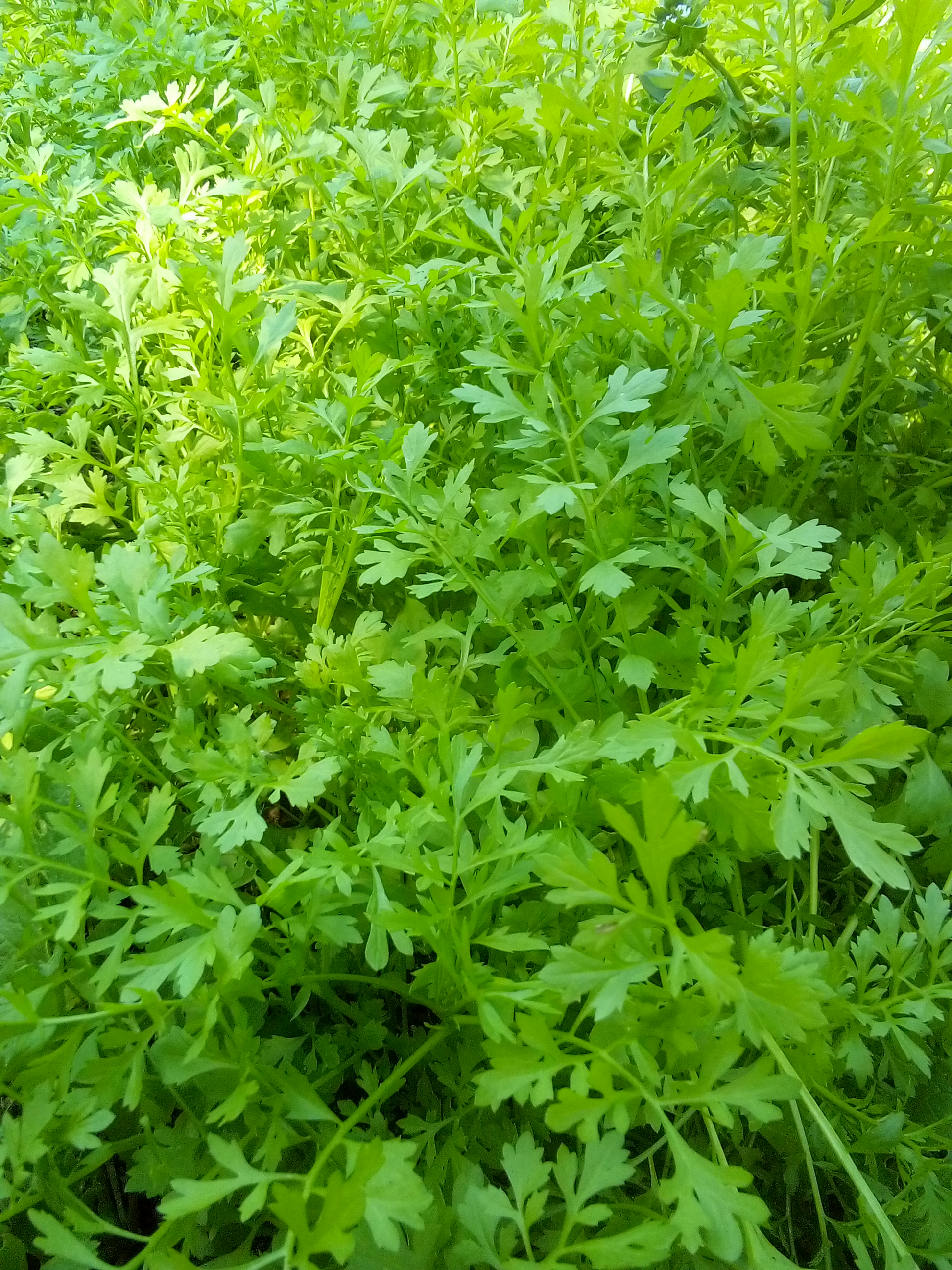
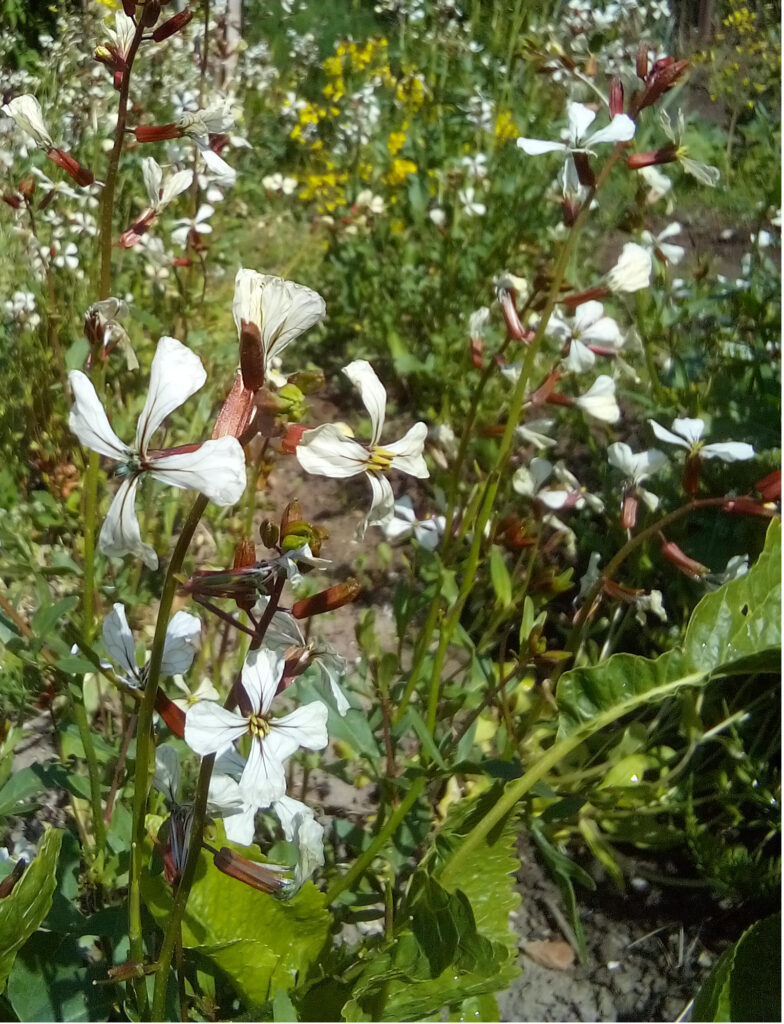
The healing is in the repetition
I start again each spring. Not because I have to. But because I want to.
These quiet tasks—sowing, checking, thinning, harvesting—anchor my week. They keep me rooted in something steady. And that steadiness is where my mental health finds room to rest.
It’s not about perfection. It’s about presence.
Two to five hours a week is enough to keep things alive and thriving. That’s the magic of it. The garden meets me where I am.
Tip 5 to go
Set aside two short garden windows a week. Even twenty minutes is enough to check your trays, pull a few weeds, or just breathe next to something green.

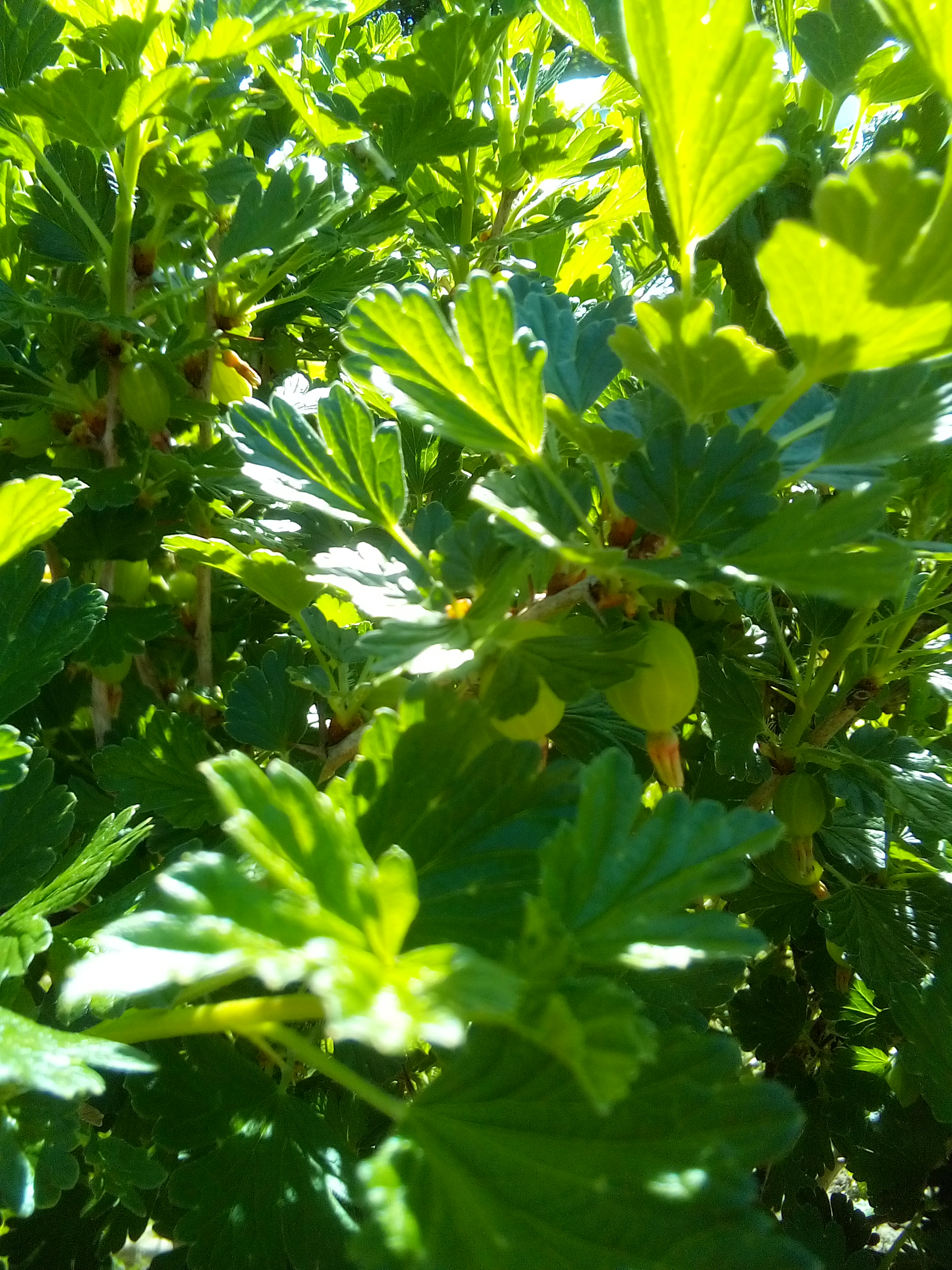
Start where you are
You don’t need land. You don’t need to grow everything. You just need one place to begin.
A balcony with pots. A kitchen window. A quiet corner in the backyard.
Maybe it’s tomatoes this year. Maybe kale. Or maybe just a single pot of greens to remind you that life can grow slowly and still be enough.
Tip 6 to go
Label your trays. It sounds simple, but it saves so much confusion later. Especially when all the seedlings start to look the same.
Just start today—and grab my free Beginner Garden Guide! No experience? No garden? No problem. Whether you have a balcony, a windowsill, or a small garden patch, this guide will walk you through the first gentle steps of growing your own food—from seed to salad, with calm and joy along the way.

